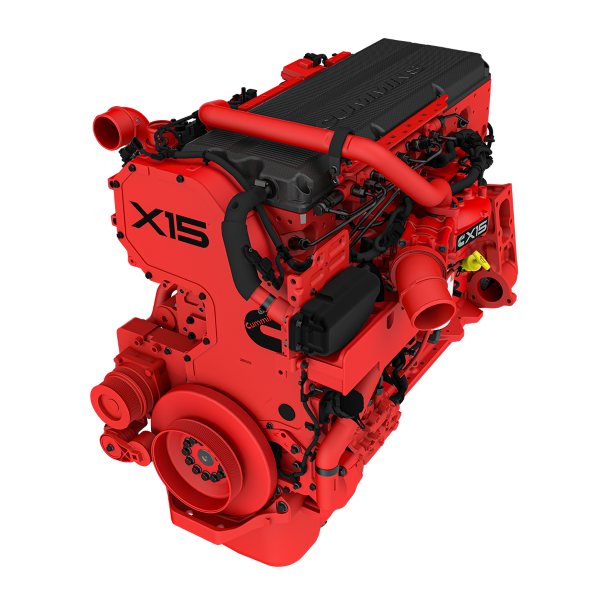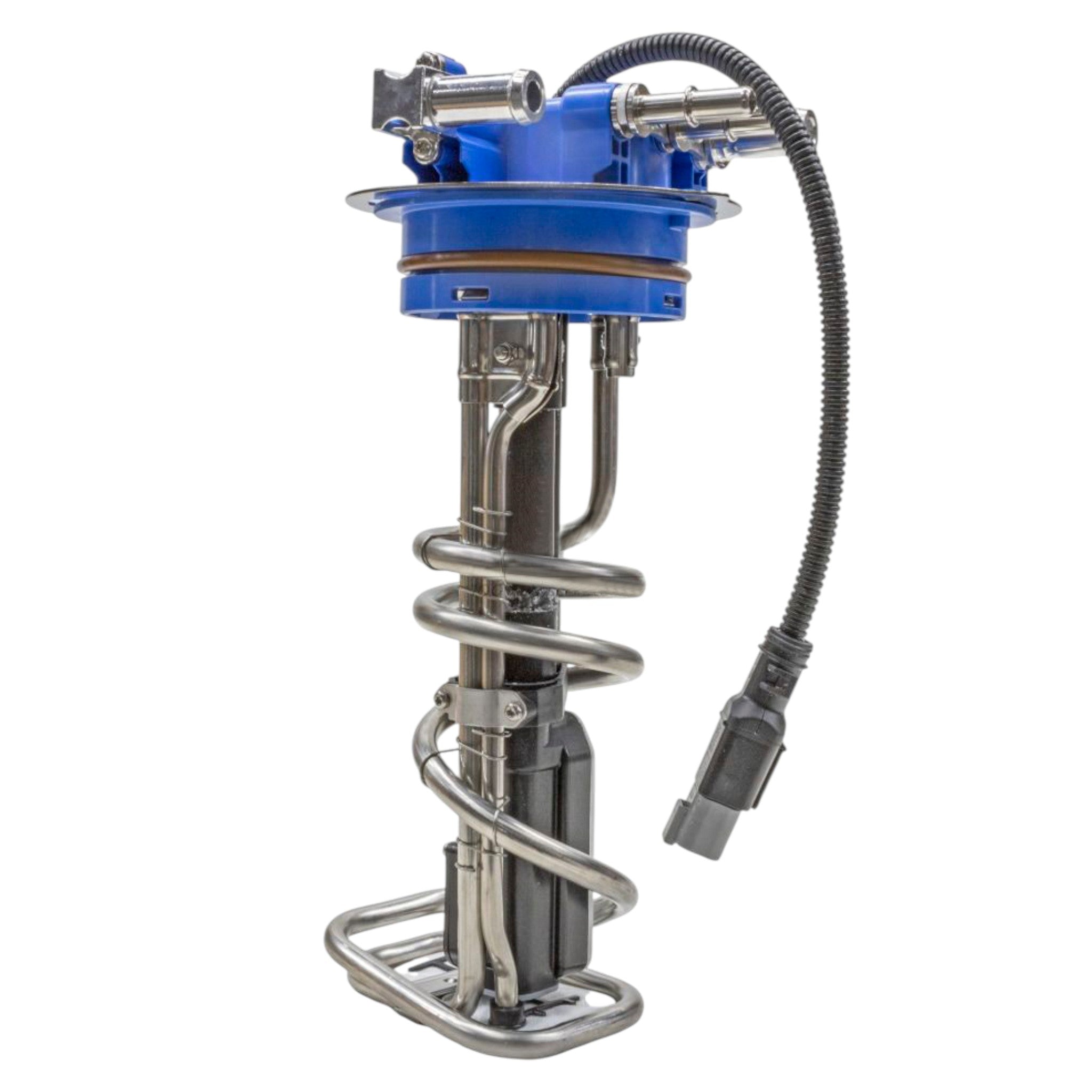
How to inspect, diagnose and replace a water pump
Inspecting, diagnosing, and replacing a water pump on diesel engines such as Cummins, Paccar, Detroit Diesel, Volvo, or Mack involves several steps. Here is a general overview of the process, but it is important to consult the specific engine manufacturer's service manual or seek guidance from a qualified technician for precise instructions:
Inspecting:
-
Visual Inspection: Start by visually inspecting the water pump for any signs of leaks, damage, or corrosion. Check for coolant stains, wet areas, or visible cracks on the pump housing.
-
Coolant Leakage: Look for any signs of coolant leakage around the water pump. Leaks may indicate a faulty seal, gasket, or a damaged pump.
-
Bearing Play: Check for excessive play or wobbling in the water pump pulley. Excessive play may indicate worn bearings in the pump, affecting its performance.
Diagnosing:
-
Coolant Pressure Test: Perform a coolant pressure test to check for any leaks or issues in the cooling system. Increased pressure or loss of pressure may indicate a problem with the water pump.
-
Overheating Symptoms: Monitor the engine temperature during operation. If the engine consistently overheats or exhibits irregular temperature fluctuations, it may be a sign of water pump failure.
Replacing:
-
Disconnection: Before replacing the water pump, disconnect the negative battery cable to prevent any electrical issues or accidental starting of the engine.
-
Drain Coolant: Drain the coolant from the engine to prevent spillage and contamination during the water pump replacement.
-
Access and Removal: Locate the water pump on the engine. It is typically connected to the engine block and driven by a pulley and belt system. Remove any necessary components obstructing access to the pump, such as fan blades, belts, or other engine accessories. Carefully disconnect the hoses, clamps, and mounting bolts securing the water pump.
-
Cleaning: Thoroughly clean the mating surfaces of the engine block and the new water pump to ensure a proper seal when installing the new pump. Remove any residue, old gasket material, or debris.
-
Installation: Install the new water pump following the manufacturer's specifications and procedures. Ensure proper alignment and tightness of hoses, clamps, and mounting bolts. Replace any required gaskets or seals.
-
Refill Coolant: Refill the cooling system with fresh coolant, following the manufacturer's guidelines and recommended coolant type.
-
Testing and Verification: Start the engine and carefully monitor for any coolant leaks, abnormal noises, or irregularities in engine temperature. Check for proper coolant flow and ensure the water pump is functioning correctly.
Please note that the exact steps and procedures can vary significantly depending on the specific engine model, manufacturer, and other factors. Always consult the appropriate service manual or seek assistance from qualified technicians for the specific engine and water pump you are working on.












